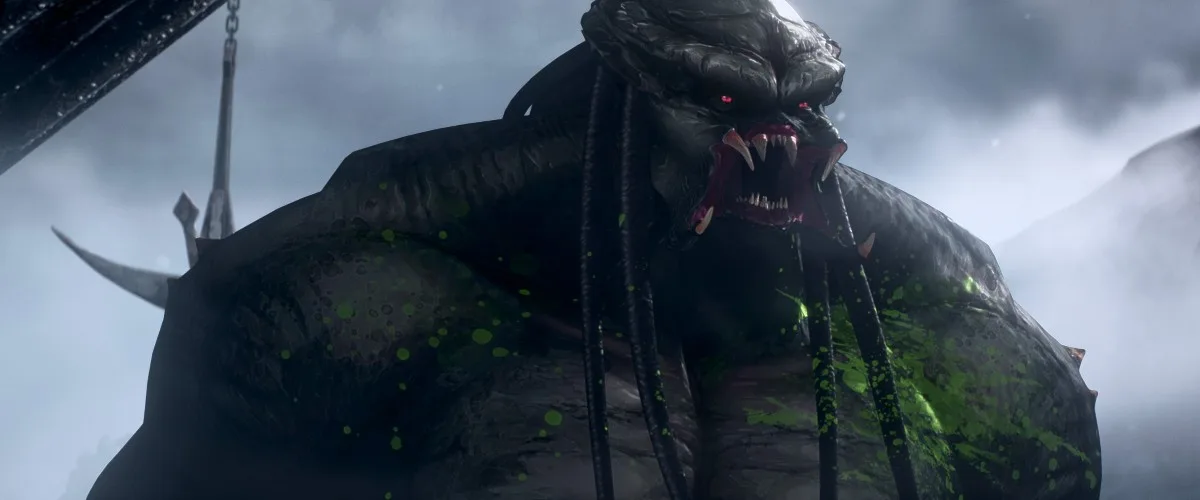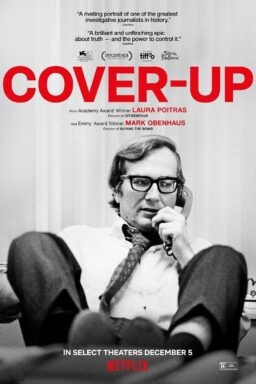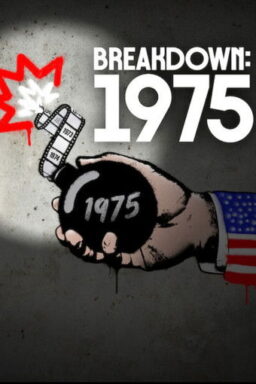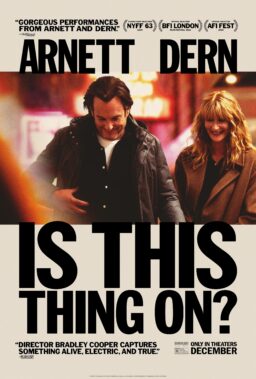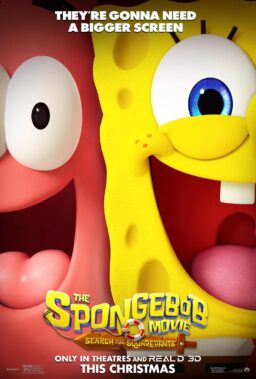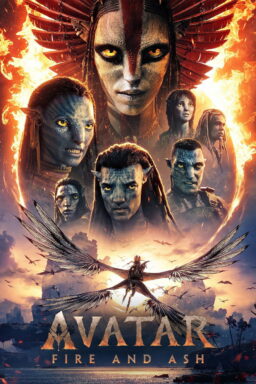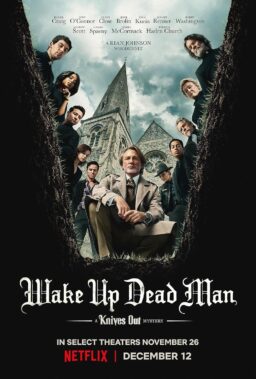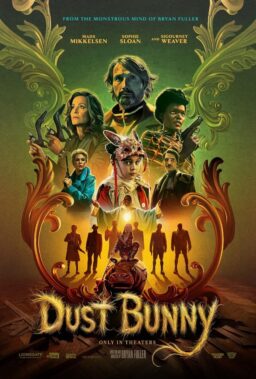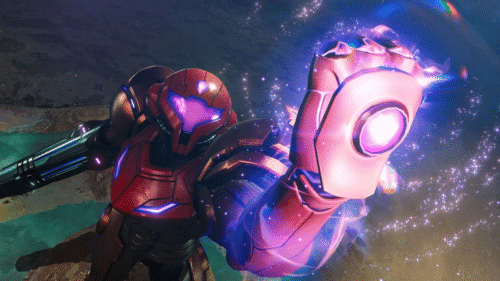It’s hard to underestimate just how much of a pleasant surprise Dan Trachtenberg‘s “Prey” was when it came out in the heady days of 2022. An action-thriller good enough for theatrical release, yet shunted to streaming on Hulu, it found a novel spin on the classic Predator formula by putting the titular beastie in a novel historical setting, pitting the alien big game hunter against a different era of human combatant (there, a Comanche warrior) and seeing who wins. The question one has after seeing that is, where else could they go? While Trachtenberg has another live-action spin on the franchise coming later this year (“Predator: Badlands,” in which ol’ Preddy is the protagonist), he and co-director Joshua Wassung have gifted us with an animated anthology film to tide us over until then. And fittingly, this one feels made for streaming.
“Predator: Killer of Killers” dips its toes into the central conceptual appeal of “Prey,” in a triptych of stories that see three different humans from three different eras facing off against the Yautja. Each comes with their own chapter title—”The Shield” follows Viking raider Ursa (Lindsay LaVanchy) on a quest for revenge against a tyrant who killed her father, “The Sword” tracks a ninja (Louis Ozawa, who fittingly played a yakuza in Nimrod Antal’s “Predators”) battling his samurai brother for succession, and “The Bullet” sees a plucky young WWII pilot (Rick Gonzalez) testing his mettle in the skies above the Atlantic. Each, of course, finds their quests for revenge or acknowledgement complicated by the sudden arrival of the Predator on their battlefield.
The logline itself is deeply exciting, and it’s thrilling to report that “Killer of Killers” largely delivers on all the blood-letting and historical pathos the premise offers. Each of these first three segments feels unique in its approach to both human-on-human and human-on-Yautja violence. “The Shield” operates on a brute-force melee level, from a “Northman”-esque oner in which we watch Ursa (wielding an inventive pair of bladed shields) cuts through a rival Nordic faction with blistering brutality. Then there’s the speed and stealth of the Japanese characters swinging katanas and jumping across shingled karahafu in “The Sword.” “The Bullet” offers some of the most uniquely staged action in the franchise, a high-flying dogfight that would make Maverick in “Top Gun” quake in his flight suit. The animation style, a blend of 3D animation evocative of “Spider-Verse” and “Arcane,” moves with tremendous ferocity (it’s animated “on the twos,” which gives it a living storybook feel), with Trachtenberg and Wassung building numerous tableaus of blood-letting violence.
What’s more, like with “Prey,” “Killer of Killers”‘s unique structure gives its lead characters the chance to build, well, character for themselves in ways that the more ensemble-driven entries just couldn’t. Each of our leads is carrying their own weight and looking to prove themselves on the field of conflict, and each segment takes its time to thoroughly establish its emotional stakes. (Some, like “The Sword,” do it practically wordlessly; each character speaks in their native language, a barrier that offers some unique complications in the film’s surprising final act.) It’s done so effectively that you almost wish the Predator wouldn’t crash into the existing battle like an intergalactic Kool-Aid Man—until they smartly weave each protagonist’s internal conflict into their need to best the beast. For some, it offers them absolution. For others, it’s a chance to work together with a lifelong enemy.
It’d be all well and good if “Killer of Killers” were content to build these high-concept battles in isolation; however, the last thirty minutes ties them all together in a way that both serves as an invigorating climax and a fun avenue to build out the Predators’ mythology. We get to see many a Yautja in this one, from the individual Preds that hunt our characters in the early sequences (each with their own fun space weapons, from arm-mounted sonic cannons to hook-and-retract missiles fired from a Predator fighter) to a larger melee where our time-displaced heroes must put their experiences to the test.
What Trachtenberg seems to get about the Predator franchise, between “Prey” and this, is that the central appeal of the Predator is conceptual: How would we fare, we at the top of the food chain, if placed in competition with a hunter far more well-equipped than we? And how would that fight go, depending on when in history we fought it, and with what tools? What would winning mean to us? That such elemental questions are explored with spine-ripping glee and lushly rendered characters and environments is what makes “Killer of Killers” such a satisfying meal. There are Easter eggs for franchise-lovers aplenty (a certain French pistol makes yet another appearance), but this anthology stands mightily on its own.

